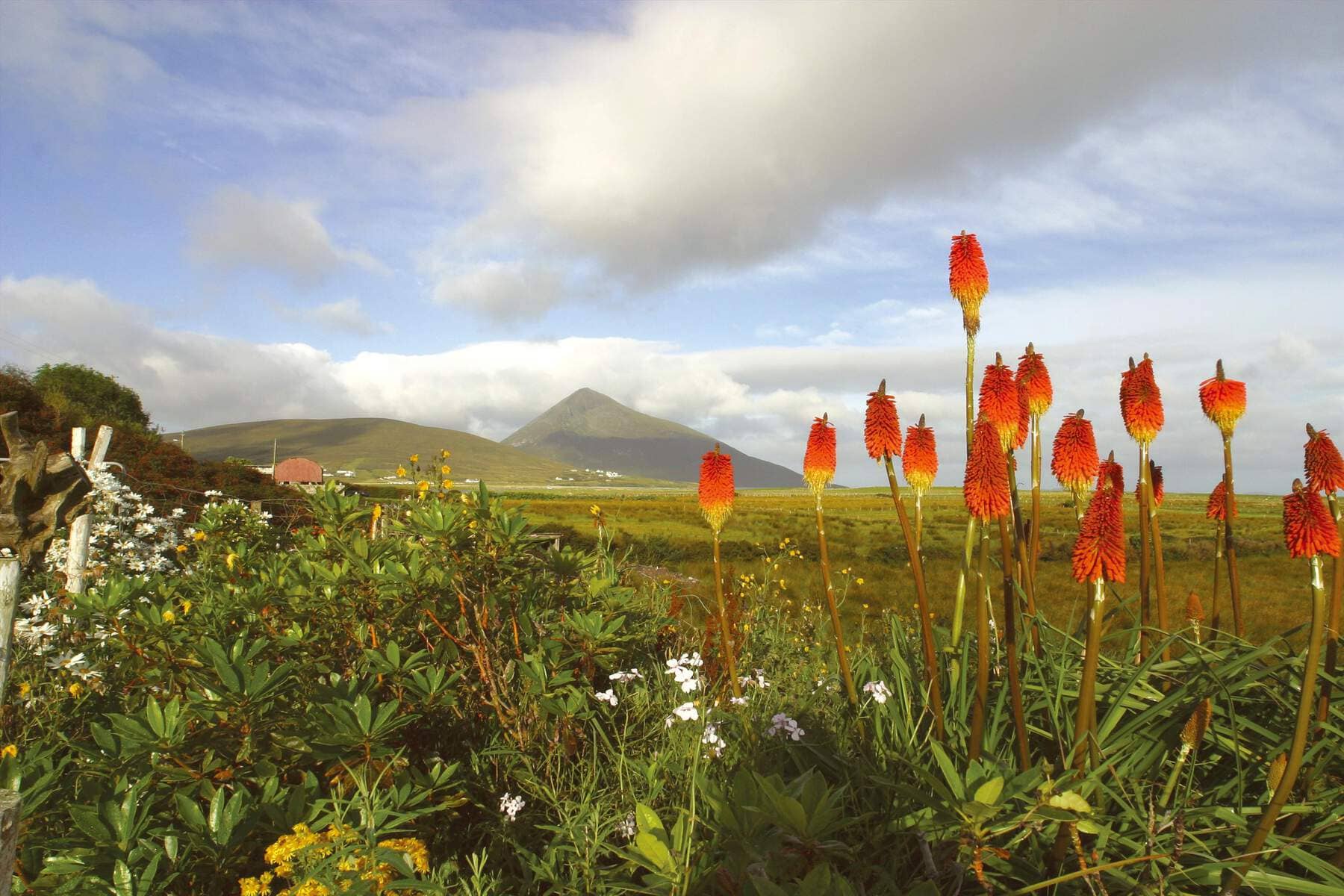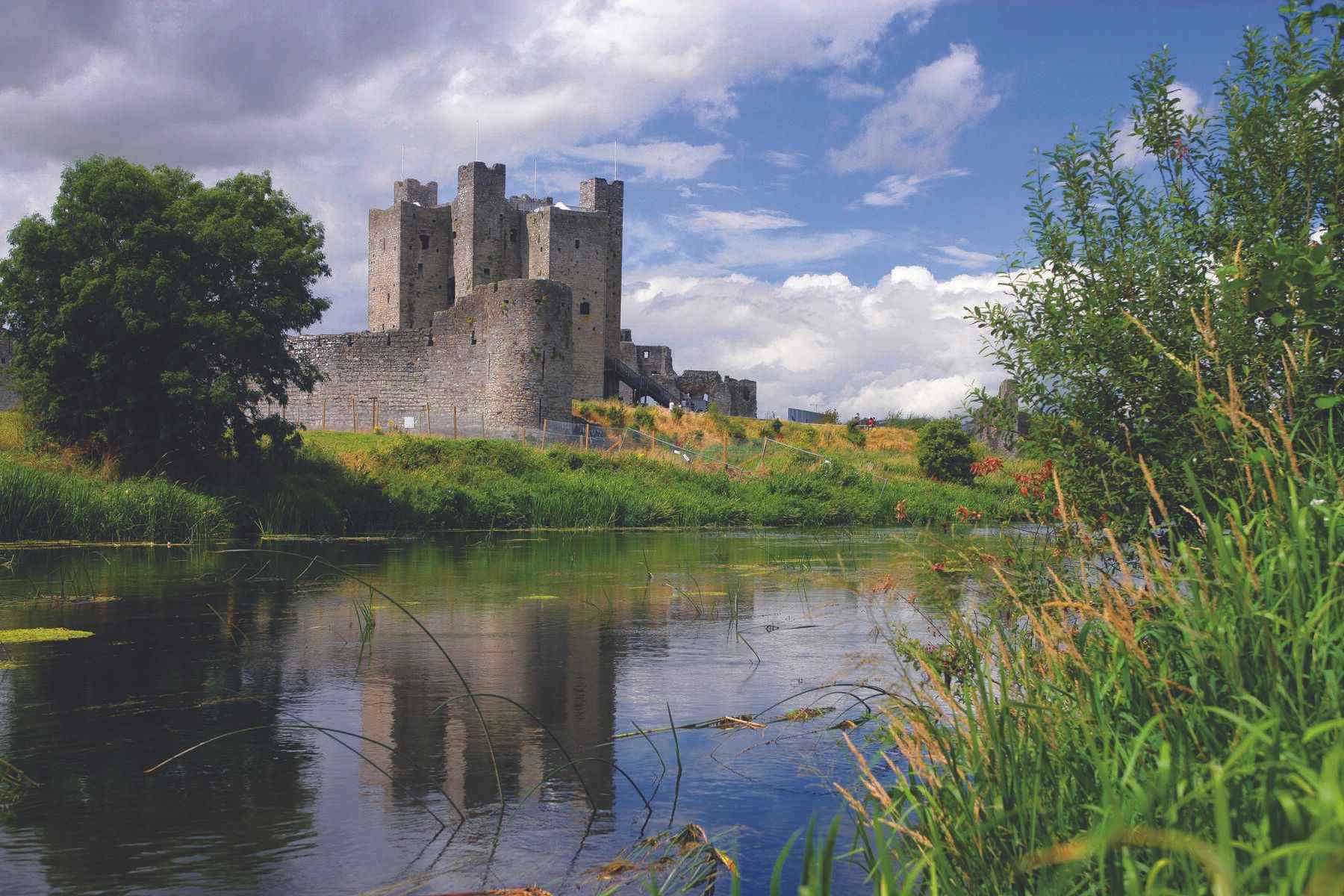

belfasts-titanic-legacy

Two coins bounce off a wall in Belfast. I’ve thrown one; tour guide Donal Kelly the other. Pitch and toss, the game is called, and the idea is to throw your coin so that it bounces back, landing as close to the wall as possible.
“Closest to the wall, winner takes all”, is the rhyme that goes with it. It’s as simple and addictive a game today as it was over a century ago, when Donal’s great-grandfather played with fellow workers at the Harland & Wolff shipyard. Today, we’re using a wall on the restored slipways and plaza beneath Titanic Belfast, the iconic, 21st century tourist attraction. But back then, they might have stooped beneath a very different structure: the hull of HMS Titanic herself.


Skerries
Landscape of the Irish Coast
Titanic: made in Belfast
Titanic set sail from Southampton, England on April 10, 1912. It picked up passengers at Cherbourg in France and Cobh (then Queenstown) in Ireland. Her destination was New York. But the most famous ship ever to set sail was built in Belfast, at Harland & Wolff on Queen’s Island. And, as locals like to say, with dark Northern Irish wit: “She was all right when she left here.”
Donal is a guide with Belfast Mic Tours, and he takes me along the Maritime Mile on part of Queen’s Island now known as the Titanic Quarter. As we walk, he shows me maps and photographs from late Victorian and Edwardian times, evoking an industrial city with puffing chimneys and thriving shipbuilding, linen, tobacco and whiskey businesses.
One shows a bustling Queen’s Road in 1911, with the distinctive hull taking shape under a giant gantry. Another is of the same area in the 1970s, featuring jagged mountains of scrap. “This is what I remember driving down Queen’s Quay back then,” he says. “There was essentially no tourism. You would have been a pretty brave backpacker.”
Changing times
The different photos of the same sites are fascinating. When Titanic was built, Belfast was an industrial hub for the British Empire. In the 1970s and 80s, at the height of Northern Ireland’s Troubles, it was in heartbreaking decline.
Today, it is a tourist destination with mouthwatering restaurants, trailblazing street art, great shopping and museums. How did this slow-motion rollercoaster ride happen? How has the perception of Titanic changed in Belfast, and what do people here feel is her legacy in the city today? 110 years since this luxury liner sailed out of the River Lagan, I travelled back to Belfast to find out.
































